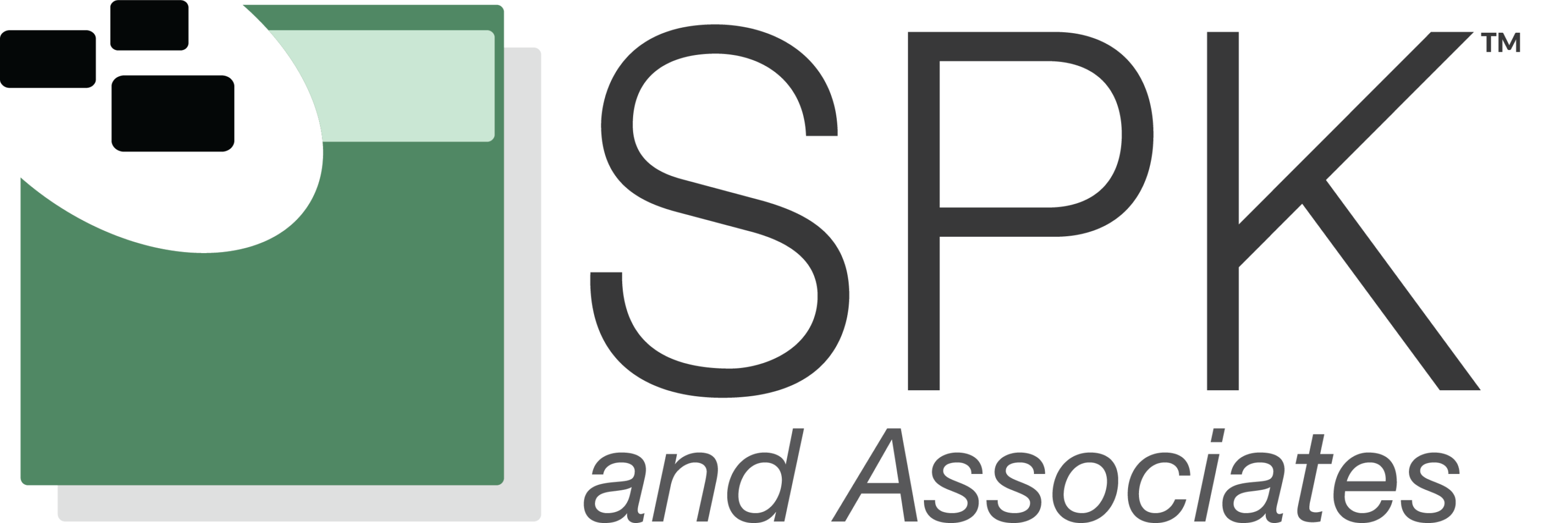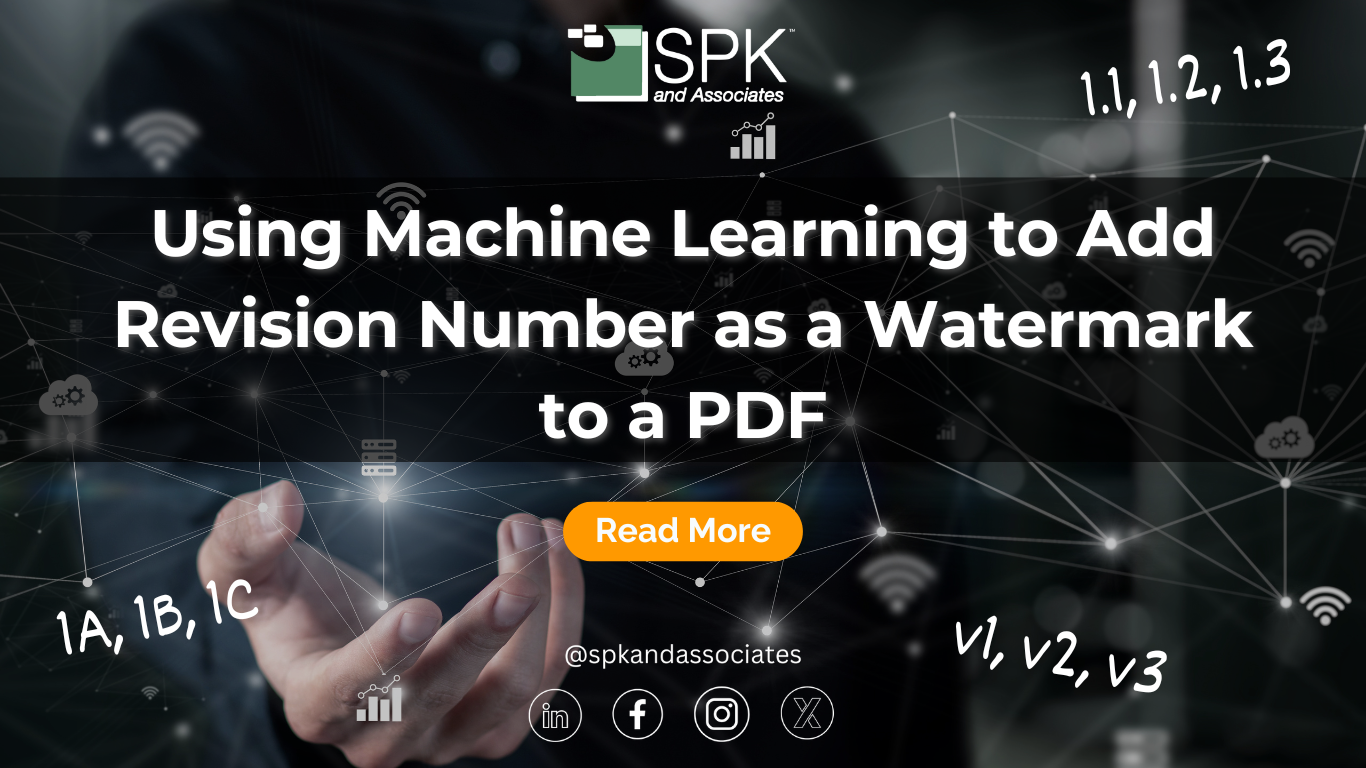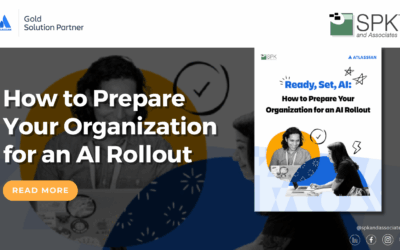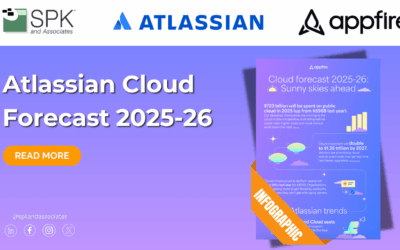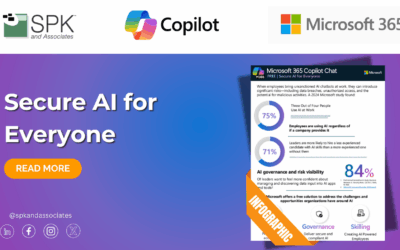If your organization has many documents to keep organized, it has likely implemented document control processes. A common document control practice is revision numbering. Adding revision numbers is a great method for identifying updated document versions. Manually adding revision numbers to PDFs is time-consuming, but automation can resolve this issue. Today we will display how SPK utilizes machine learning to add revision numbers as a watermark to PDFs.
What is Machine Learning?
To understand how SPK does this, let’s first explore machine learning. Machine learning is a type of artificial intelligence (AI) that helps computers make decisions based on an algorithm. Essentially, machine learning develops a model for the computer to learn from and the computer then makes decisions based on it. This eliminates the need for programming a computer to do a specific task.
To do this, data is gathered and processed, and then a model is selected. This model or algorithm is trained from some of this data. Then, it is evaluated. Once it is properly trained and optimized, the model is deployed. These models need regular upkeep such as retraining to ensure high performance over time.
What are Revision Numbers?
Now that you understand machine learning, let’s explore how it relates to adding revision numbers. Revision numbers are a number that identifies a file version. Examples of revision numbers include “1.1, 1.2, 1.3…” They can be added manually or automatically. Machine learning can be used to deploy a model that automatically adds revision numbers from a document to a watermark on a PDF.
How Does SPK Employ Machine Learning for Revision Numbering?
It sounds great that machine learning can help automate this otherwise time-consuming process, but how exactly does it do this? SPK’s experts have curated a step-by-step process for watermarking thousands of PDFs. First, we extract PDF files from SharePoint, a PLM software, or another custom app an organization may use. Then we generate metadata which is sometimes referred to as “cleaning customer data.” This includes getting a list of file names and dates, pulling data from different databases and cross-referencing it, as well as having AI read and populate the data. Cross-referencing and populating the data can get complex which is why AI is a huge help here. For example, some of this data can be hand-written descriptions of hundreds of thousands of PDF files that must be populated into an Excel spreadsheet.
Once this data populates, we then transform it. This allows us to quickly watermark hundreds of thousands of PDFs. We can then load this information into another system if needed. Most importantly, we verify and validate the program. We conduct internal tests as many times as needed. Then, we validate the program to ensure it meets government regulations. A common example is validating for the FDA. Validating it ensures the government agency deems the work we’ve done acceptable.
Ready to Implement Machine Learning for Your Business?
If your business needs help with revision numbering, implementing machine learning may be the best solution. SPK’s team of experts can answer any questions you may have, or help you get started. Contact us today.

